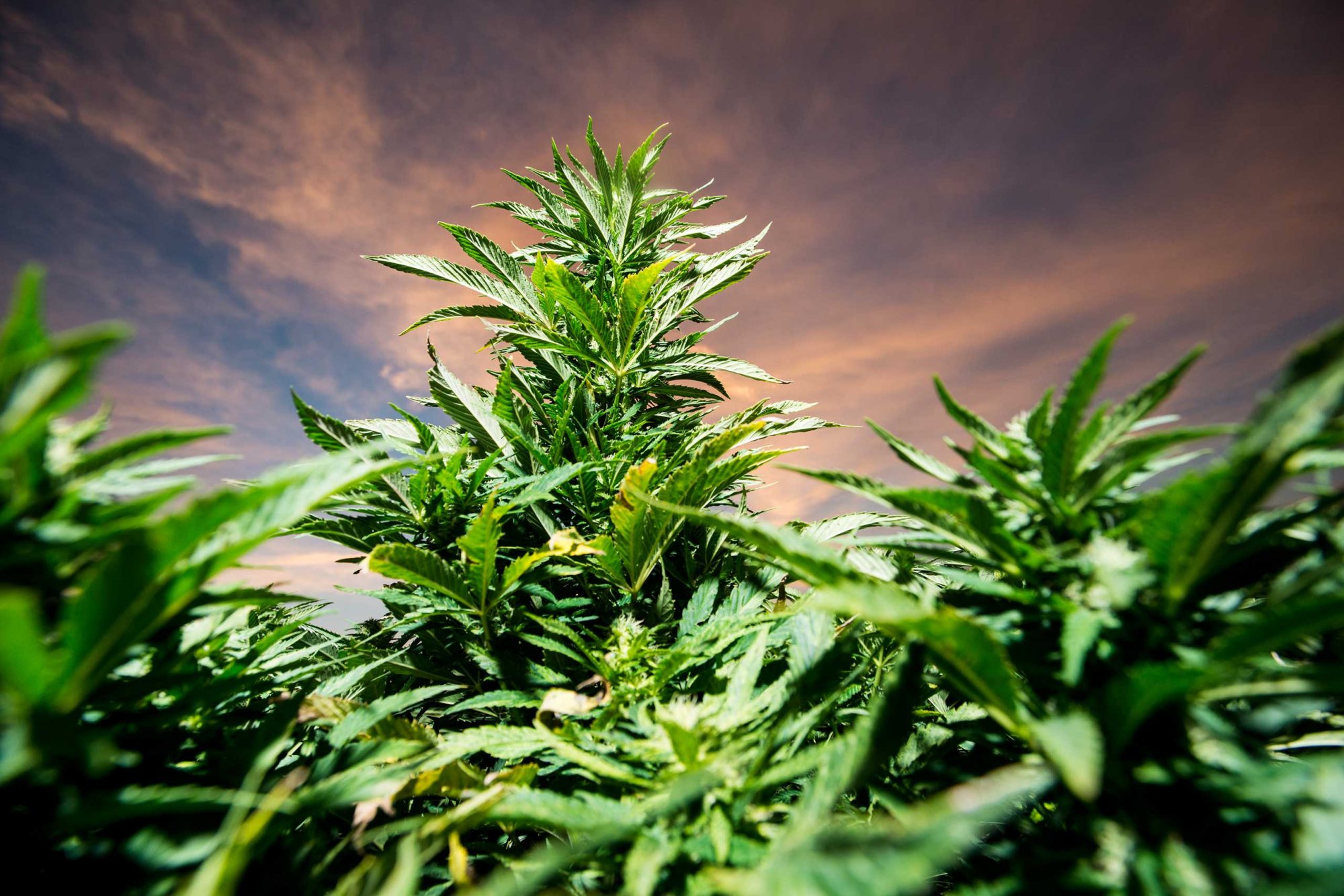CBD is marketed as a cure for what ails you but actual medical marijuana patients say it’s THC that relieves pain.

Over the past 20 years, a simple narrative has emerged about cannabis: CBD is the medicine in medical marijuana, now available in 34 states, and THC is the intoxicant in adult-use marijuana that’s legal in 10 states. Two different compounds; two different markets.
That narrative, along with the groundswell of belief in the curative properties of CBD (cannabidiol) as it’s being added to every sort of food, beverage, cream, potion, and lotion, drove more than $600 million in sales in 2018. And according to an analysis by the Brightfield Group, the CBD market is projected to grow to $22 billion by 2022 — a number fueled by the recent federal legalization of hemp, from which cannabinoid can be derived. Reinforcing the cannabis duality, under the new law all things CBD must essentially be free of THC (tetrahydrocannabinol); hemp cannot exceed 0.3 percent of the psychoactive compound.
But new research is throwing a giant curveball at all this. Published in the journal Scientific Reports, the study analyzed data from more than 3,300 medical marijuana patients who used an app called Releaf to track how various products — flower, tinctures, edibles, etc. — affected their symptoms. Over 21 months, every time subjects consumed a product, they recorded the ratio of THC to CBD listed on the label, and the relief in their symptoms, which ranged from anxiety and depression to chronic pain and seizures.
The researchers found that among nearly 20,000 sessions recorded by patients, the average improvement of symptoms was 3.5 points on an 11-point scale that went from zero (not detectable) to 10 (severe). But the zinger was this: The higher the THC level, the more relief the patients got — which was not true of CBD. “In our study, CBD appeared to have little effect at all,” says coauthor Jacob Miguel Vigil, Ph.D., associate professor in the department of psychology at the University of New Mexico. “But THC generated measurable improvements.”
Sarah See Stith, Ph.D., another coauthor and assistant professor in the department of economics at the university, suggests the results could be due to the fact that the app measures immediate symptom relief, while CBD has a more subtle, long-term effect. Or, perhaps, the THC needs a threshold amount of CBD to have a benefit. “We just don’t know, but when you compare flower and concentrates, the THC is what jumps out as having an effect,” she says. “And that goes against the common dogma.”
The study also challenges the wisdom of isolating CBD, an already booming industry anticipating runaway growth since the legalization of hemp. Patients reported the best results from smoking or vaping dried whole flower (usually the least expensive cannabis product available). “Reformulation makes business sense,” says Franco Brockelman, cofounder and CEO of Releaf, “but if you think about nature and plants, there is a lot of inherent natural design in cannabis, and it’s a bit of hubris to think at this point you can improve on that by dissecting it. There is a lot to be said for whole-plant medicine and using it that way.”
Brockelman got the idea for the app in 2014 when his mother agreed to explore legal medical marijuana after many years of failed conventional treatments for her psoriatic arthritis. She’d never smoked or been a drinker and received a Massachusetts medical marijuana card that allowed her access to a dispensary. But there was no guidance for selecting an effective product, which made the whole process daunting.
Brockelman decided to create a company that would assist people like his mother. He realized, he says, that “if we could provide patients with a good journal, they could help themselves, and we could look at that aggregate data to help dispensaries to know more about their products.”
Releaf has made its data available in anonymous form to the University of New Mexico researchers for ongoing studies. Vigil argues that the findings they’ve already published make a compelling case for federally legalizing THC. “It is curious that THC is still the single chemical that is illegal and not available for research,” he says, “and yet it’s got the most therapeutic potential.” Of course, this research is just one study on a subject that notoriously lacks strong research. But if the findings are right, they could widely reshape the green industry going forward.
This story appears in the May 2019 issue of Green Entrepreneur. Subscribe »
Peter Page
MAGAZINE CONTRIBUTOR
Senior Editor for Green Entrepreneur
March 8, 2019
4 min read
Originally Published at: https://www.greenentrepreneur.com/article/329354?fbclid=IwAR1Ohuf26gIcPWCO3ZSut5G_Iiy1ELqwgWxqWd4Q0ERzx25VbeszJXB2LS0
